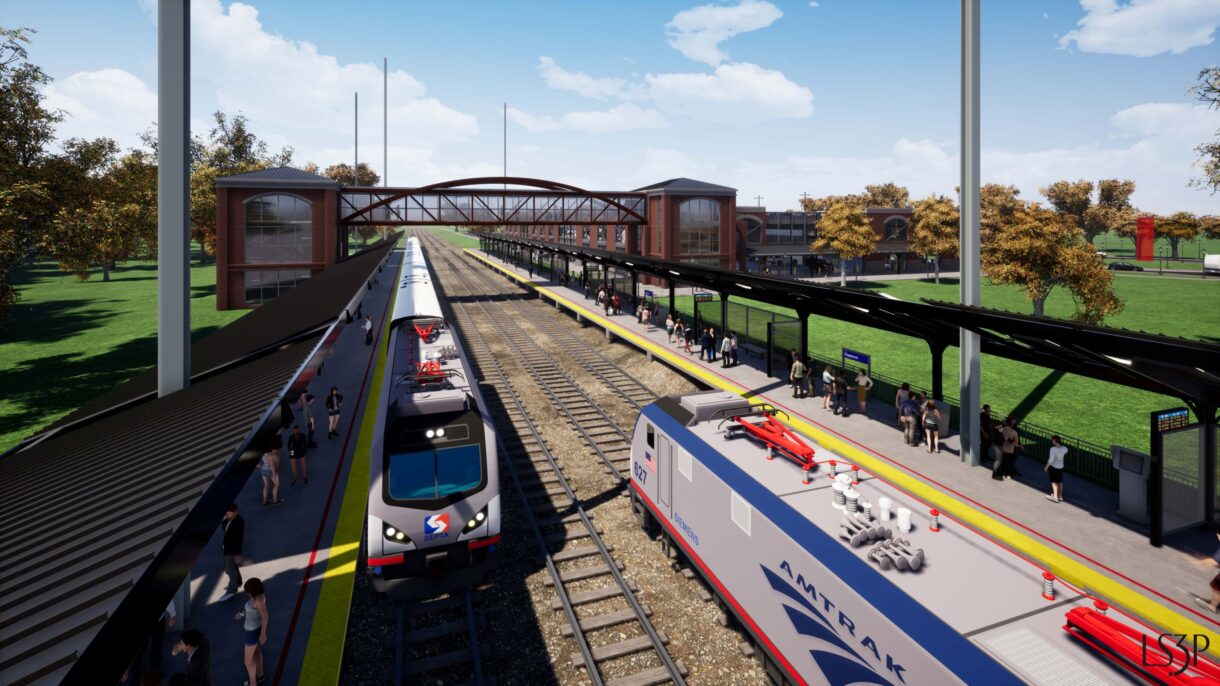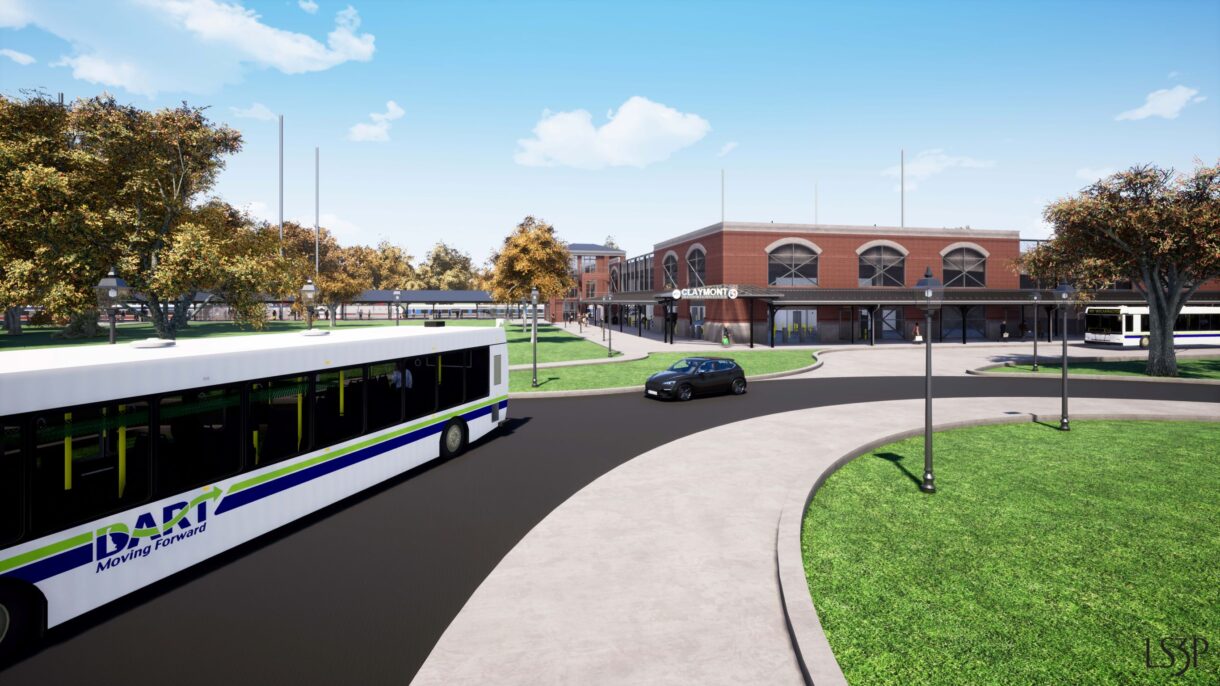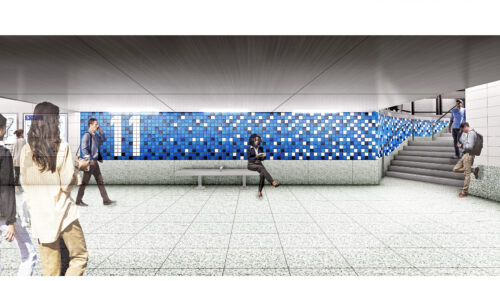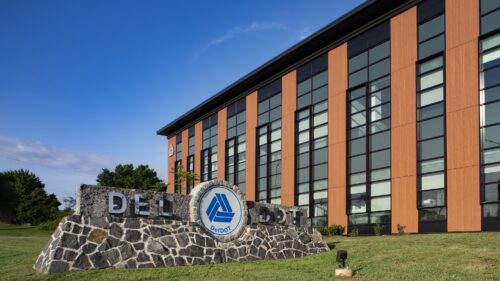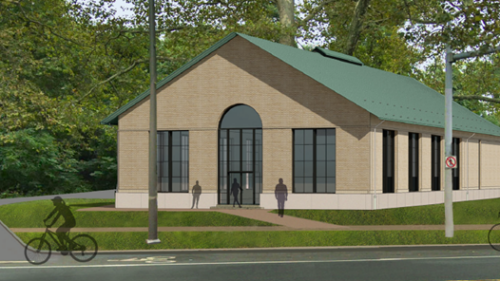Claymont Regional Transportation Center
Delaware Department of Transportation
The Delaware Transit Corporation (DTC) through the Delaware Department of Transportation (DelDOT) is sponsoring a project that provides a high-quality, innovative, and cost-effective state-of-the-art regional transportation center. This center will support SEPTA Regional Rail, and DART Bus transit services for Northern Delaware and the surrounding region. JMT Architecture is lead Architect and engineer of record for the Wagman-JMT Design Build Team.
The work includes: two new 630’ long platforms; a covered pedestrian bridge over Amtrak’s Northeast Corridor railroad tracks; ADA-accessible stair towers with elevators; a minimum of 870 parking spaces between surface lots and a garage parking structure; station elements including restrooms, security, waiting area and ticketing; a new access road from US 13 (Philadelphia Pike) with a dedicated bus loop; provisions for future transit-oriented development (TOD) of the remainder of the site, including provisions for bicycle and pedestrian access; and widening of US 13. The transportation center honors the historical themes of the greater Claymont area, including the project site’s history as a steel manufacturing plant, architectural themes from adjacent residential structures, and train station aesthetics consistent with the Joseph T. Biden station in Wilmington. Elements of the North Claymont development master plan and similar themes will be honored and observed within the proposed design concepts.
The transit station will support safe and efficient access to all patrons arriving by bus, car, on foot, or by bicycle, connecting the station through mixed-use paths and to US 13. Philadelphia Pike will be widened to support additional traffic and future redevelopment of the site. Passengers will be welcomed by a clean and modern facility that honors the site’s history and provides a classic train station feel.
As the lead architecture and engineering design firm, JMT is performing all interagency coordination including coordinated design reviews with Amtrak, validation of station operational criteria with SEPTA and the DTC, and coordination with all utility providers. The new rail station requires extensive coordination, as a significant amount of the work is occurring within Amtrak right of way. Impacts to Amtrak utilities and to Amtrak operations have been minimized through close coordination of design and construction elements.

